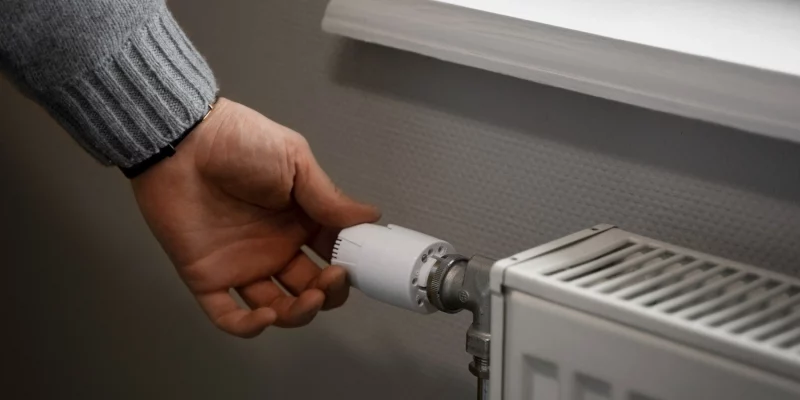An Examination of Residential Heating Malfunction
When the cold of winter arrives, the silent performance of a home’s central heating system is often taken for granted. Yet, the sudden failure of a single unit to deliver heat is a common domestic frustration, one that often signals a solvable, if sometimes perplexing, mechanical issue. Specifically, homeowners frequently wonder why my radiator is not working when the rest of the system seems fine.
The problem of the unheated radiator is not typically one of catastrophe, but rather a small, localized failure in the circulatory system of a boiler-based heating plant. For homeowners facing this dilemma, an understanding of the five most frequent causes can expedite a return to comfort and avert an unnecessary service call. If your radiator is not heating properly while your hot water works, these diagnostic steps are crucial.
The Five Primary Causes of a Cold Radiator
A lack of heat can be traced to one of five common failures in the system’s design or operation.
1. The Entrapment of Air
A radiator that is cold at the top but hot at the bottom is almost certainly air-bound. This condition is generally resolved through a process known as “bleeding.” Using a radiator key, the small valve at the top or side of the unit is slowly opened. A hissing sound will indicate the release of trapped air. Once water begins to escape steadily, the valve should be closed promptly. If your radiator is not heating up after bleeding, the issue lies elsewhere.
2. The Stuck or Seized Pin in the Thermostatic Valve
Modern heating systems often employ a Thermostatic Radiator Valve (TRV), a device that allows residents to control the temperature of a room by regulating water flow into the radiator. A common point of failure is the small internal pin, which can become jammed in the closed position, especially after a prolonged period of inactivity, such as the summer months. The radiator cold but hot water works diagnosis often points to this valve.
With the TRV head removed (typically unscrewed or unclipped), the brass pin at the base can be located. Applying a small amount of lubricating oil and gently depressing the pin several times, often with the back of a hammer or an equivalent object, can restore its mobility and allow the hot water to flow once more.
3. The Unbalanced System
In a multi-radiator system, the units closest to the boiler will naturally receive the bulk of the hot water first, leaving more distant radiators often on higher floors or at the ends of the pipe runs, comparatively cold. This state is known as an uneven heating in radiators. Some radiators heat effectively, but those furthest from the boiler are consistently cool or cold,or the radiator is not heating up fully.
4. The Accumulation of Sludge and Debris
Over years of use, the water circulating in a heating system deposits rust and sediment, which combine to form a thick, black, magnetic substance known as “sludge”. This sludge can settle in the lowest parts of a radiator, creating a blockage that prevents proper circulation. A radiator that is cold at the bottom but warm or hot at the top indicates that water is passing through the upper section but the lower channels are obstructed. The effective remedy for this condition and other radiator problems is a power flush of the entire heating system not working properly, a specialized service best carried out by a professional heating engineer. For an individual radiator, removing and flushing the unit with a garden hose can sometimes offer a temporary, localized solution.
5. The Boiler or Pump Malfunction
While less common than internal radiator issues, a sudden and widespread loss of heat across the entire residence points to a central system failure. This is often the cause of major central heating issues. The circulation pump, responsible for pushing the heated water from the boiler to the radiators, may have failed, or the boiler itself may be experiencing a fault. All or nearly all radiators not heating are cold, and the boiler may be displaying an error code or operating with an unusual noise or lack of activity. Initial checks should include verifying the boiler’s pressure gauge and ensuring the thermostat is set correctly. If these preliminary steps fail, and the power supply remains sound, consultation with a certified heating professional is essential.
